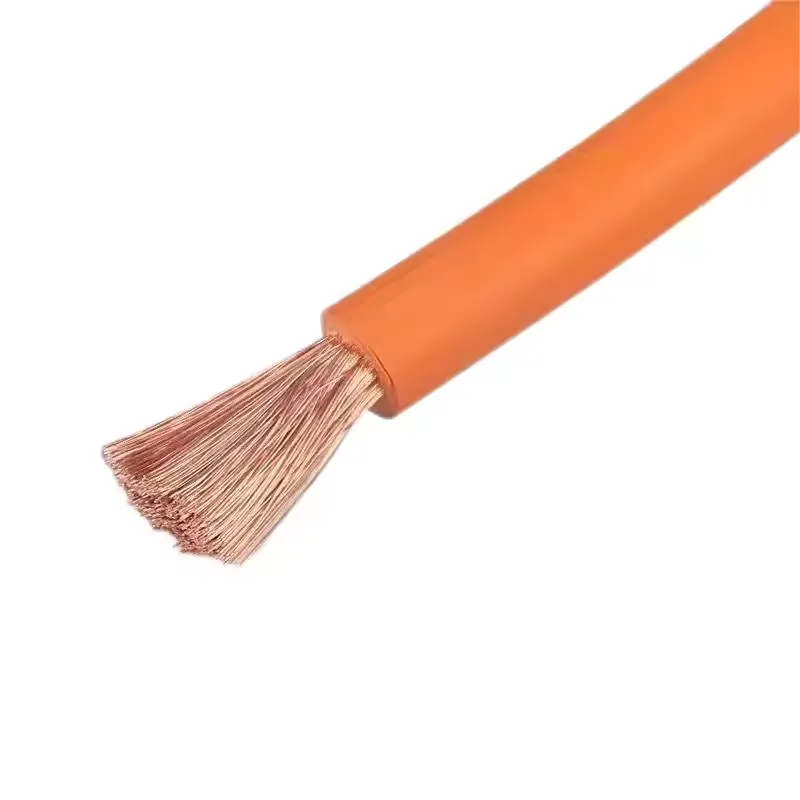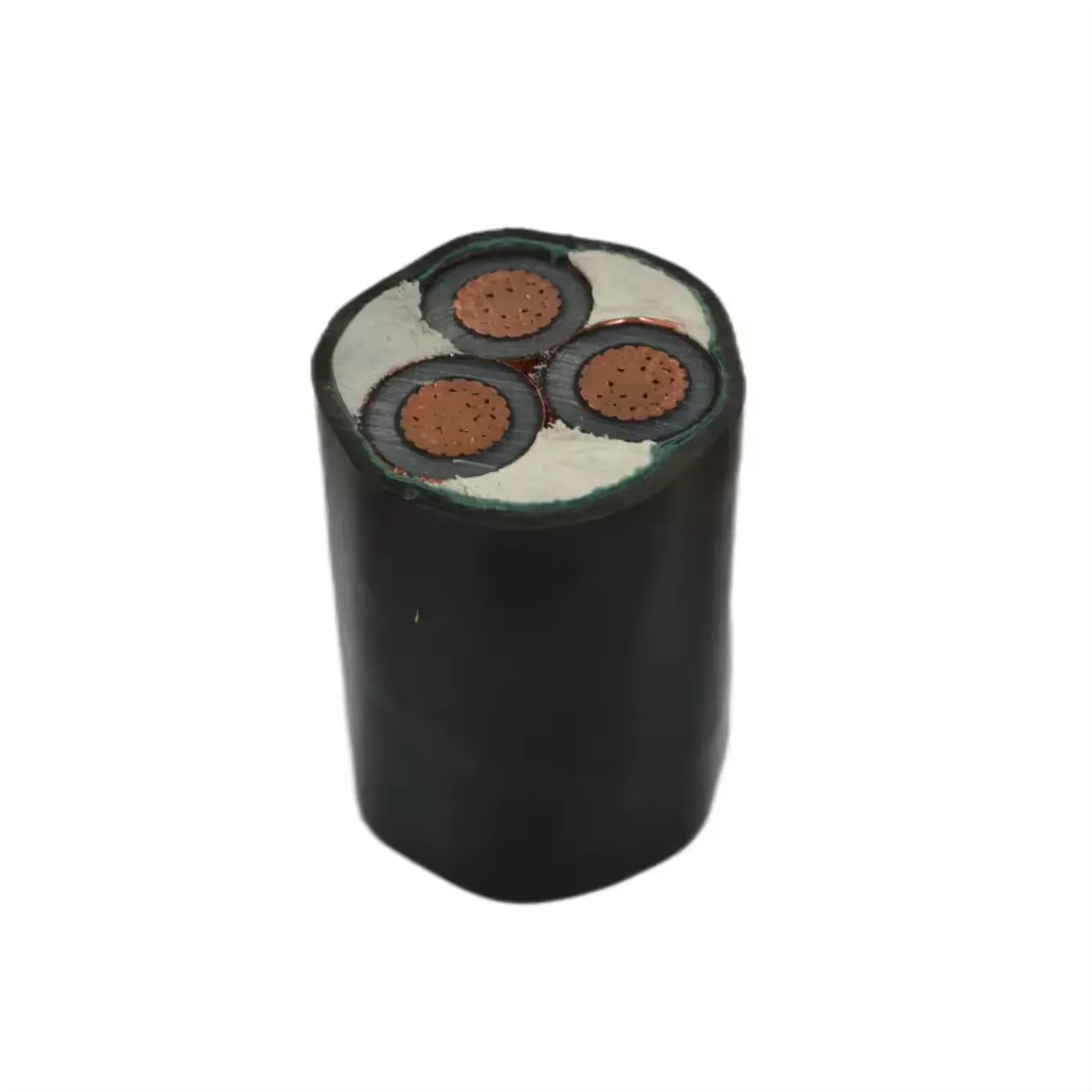PVC vs. XLPE Insulated Cables: Which Is Better for Your Application?
Time: 2025-06-11 15:15:56
Source: Henan Province Jianyun Cable Co., Ltd.
Table of Contents
Introduction
Selecting the appropriate cable insulation is critical for ensuring safety, performance, and longevity in electrical systems. Polyvinyl chloride (PVC) and cross-linked polyethylene (XLPE) are two widely used insulation materials, each with distinct properties suited to specific applications. This article compares PVC and XLPE insulated cables, examining their characteristics, advantages, disadvantages, and ideal use cases to guide professionals in making informed decisions.
What Is PVC Insulation?
PVC insulation is made from polyvinyl chloride, a thermoplastic material known for its flexibility, cost-effectiveness, and ease of processing. PVC is commonly used in low- and medium-voltage cables and is valued for its flame-retardant properties and versatility. However, it contains halogens, which can release toxic gases when burned, posing safety concerns in certain environments.

What Is XLPE Insulation?
XLPE insulation is made from cross-linked polyethylene, a thermoset material created through a chemical process that enhances its molecular structure. This cross-linking improves thermal resistance, mechanical strength, and durability, making XLPE suitable for high-voltage and high-temperature applications. XLPE is also halogen-free, reducing the risk of toxic emissions during fires.

Key Differences Between PVC and XLPE
PVC and XLPE differ in several key aspects, including material composition, temperature tolerance, and environmental impact. These differences influence their suitability for various applications:
-
Material Type: PVC is a thermoplastic, while XLPE is a thermoset, offering superior resistance to heat and deformation.
-
Temperature Range: PVC typically operates up to 70°C, whereas XLPE can handle temperatures up to 90°C or higher.
-
Fire Safety: PVC releases toxic halogen gases when burned, while XLPE produces minimal smoke and no halogens.
-
Durability: XLPE offers better resistance to moisture, chemicals, and mechanical stress compared to PVC.
-
Cost: PVC is generally more affordable, while XLPE has a higher initial cost due to its advanced properties.
Advantages and Disadvantages
PVC Insulated Cables
Advantages:
-
Cost-effective and widely available.
-
Flexible and easy to install.
-
Flame-retardant with good electrical insulation properties.
-
Suitable for a wide range of general-purpose applications.
Disadvantages:
-
Limited temperature tolerance (up to 70°C).
-
Releases toxic gases and dense smoke when burned.
-
Less resistant to moisture, chemicals, and UV radiation.
-
Shorter lifespan in harsh environments.
XLPE Insulated CablesAdvantages:
-
High temperature tolerance (up to 90°C or more).
-
Halogen-free, producing low smoke and no toxic gases in fires.
-
Superior resistance to moisture, chemicals, and mechanical stress.
-
Longer lifespan, especially in demanding conditions.
Disadvantages:
-
Higher initial cost compared to PVC.
-
Less flexible, which may complicate installation in tight spaces.
-
Requires specialized manufacturing processes.
Applications of PVC and XLPE Cables
PVC Cables:
-
Residential Wiring: Used in homes for lighting, appliances, and low-voltage circuits due to cost-effectiveness.
-
General Indoor Applications: Suitable for office buildings and commercial spaces with moderate environmental conditions.
-
Low-Voltage Systems: Common in control cables and communication systems where high temperatures are not a concern.
XLPE Cables:
-
Power Distribution: Ideal for medium- and high-voltage power lines due to their thermal and mechanical strength.
-
Industrial Environments: Used in factories and plants exposed to chemicals, moisture, or high temperatures.
-
Transportation and Infrastructure: Employed in railways, subways, and underground systems for enhanced fire safety.
-
Renewable Energy: Preferred in solar and wind installations for durability in outdoor conditions.
Comparative Analysis
The following table summarizes the key characteristics of PVC and XLPE insulated cables:
|
Feature
|
PVC Insulated Cables
|
XLPE Insulated Cables
|
|
Material Type
|
Thermoplastic (Polyvinyl Chloride)
|
Thermoset (Cross-Linked Polyethylene)
|
|
Temperature Range
|
Up to 70°C
|
Up to 90°C or higher
|
|
Fire Safety
|
Releases toxic halogen gases, high smoke
|
Halogen-free, low smoke
|
|
Durability
|
Moderate resistance to moisture and chemicals
|
High resistance to moisture, chemicals, and UV
|
|
Flexibility
|
Highly flexible
|
Less flexible
|
|
Cost
|
Lower
|
Higher
|
|
Typical Applications
|
Residential wiring, low-voltage systems
|
Power distribution, industrial, renewable energy
|
Choosing the Right Cable for Your Application
Selecting between PVC and XLPE insulated cables depends on the specific requirements of your application:
-
Budget Constraints: PVC is preferable for cost-sensitive projects with moderate environmental demands, such as indoor residential wiring.
-
High-Temperature Environments: XLPE is better suited for applications involving elevated temperatures, such as industrial or power distribution systems.
-
Fire Safety Requirements: XLPE is essential in confined or safety-critical spaces like transportation systems, where low smoke and toxicity are priorities.
-
Environmental Exposure: XLPE is recommended for outdoor or harsh environments due to its superior resistance to moisture, chemicals, and UV radiation.
-
Regulatory Compliance: Ensure the chosen cable meets relevant standards, such as IEC 60502 for power cables or local building codes.
Additionally, consider installation conditions, such as the need for flexibility or space constraints, and conduct regular maintenance to monitor cable condition and extend lifespan.
Conclusion
PVC and XLPE insulated cables each offer distinct advantages tailored to specific applications. PVC is a cost-effective, flexible option for general-purpose, low-voltage systems, while XLPE provides superior durability, thermal resistance, and fire safety for demanding environments like power distribution and industrial settings. By evaluating factors such as temperature, environmental exposure, safety requirements, and budget, professionals can select the most suitable cable to ensure reliable performance and longevity in their electrical systems.

